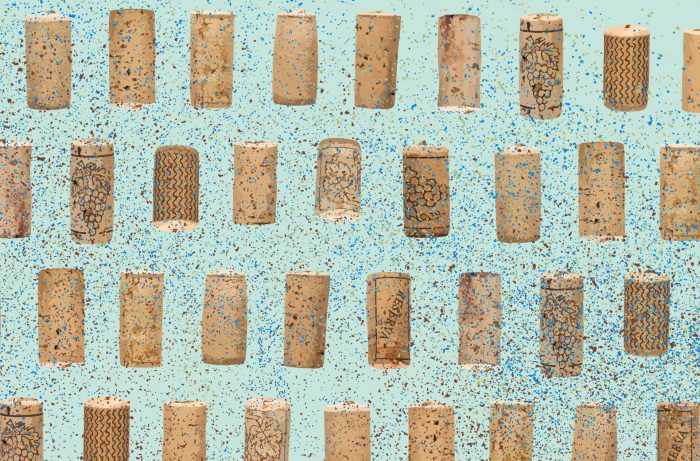If you have enjoyed drinking wine for a long time, it’s almost a certainty that you have encountered a “corked” wine. Btw, a corked wine is not a wine with bits of cork floating around in it. The primary cause of cork taint is TCA (trichloroanisole).
If a wine has pronounced aromas of mustiness and moldiness, there’s a good chance the wine is tainted. You’ll hear people describe it as wet dog, wet newspaper (whoever had one of those?) or moldy basement. Rather than give off musty aromas, smaller amounts of TCA can simply strip a wine of its fruit aromas…meaning you won’t smell much of anything. Also, TCA can remove a wine of its flavors, leaving it with harsh tannins and acidity…an unpleasant taste for sure. Lower levels of TCA will leave the wine with a muted or lack of taste.

So what should you do if you have a “corked” bottle ? If you are in a restaurant, indicate to your server that the wine is corked. They should replace it. If you bought the bottle at a retail store, insert the cork and take it back. Upon inspection, the store should give you a new bottle or refund your purchase. If you bought it directly from a winery, call them and tell them. Most wineries will take your word for it and either send you a new bottle or give you a refund.
Btw, you might have heard that to cure the taint, you can pour the wine in a vessel with Saran Wrap in it. While this was once a way to remove the effects of TCA (and yet afterwards the wine was most likely also lacking in much if any aroma and taste), this trick is no longer effective. The polymer that made this work was removed by Saran Wrap from its product years ago.
I’m still working on that wet newspaper thing.
Sláinte,

Jim & Barbara Moroney
